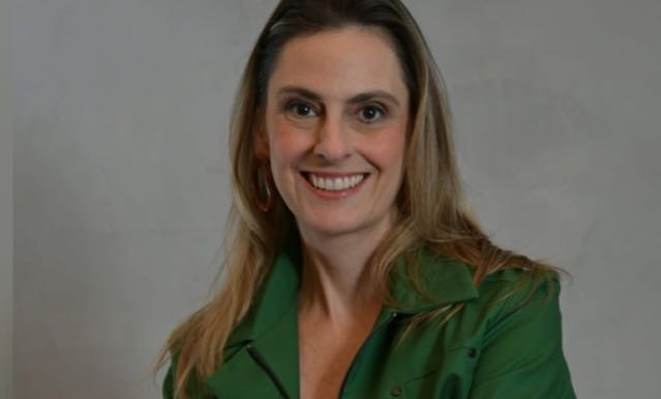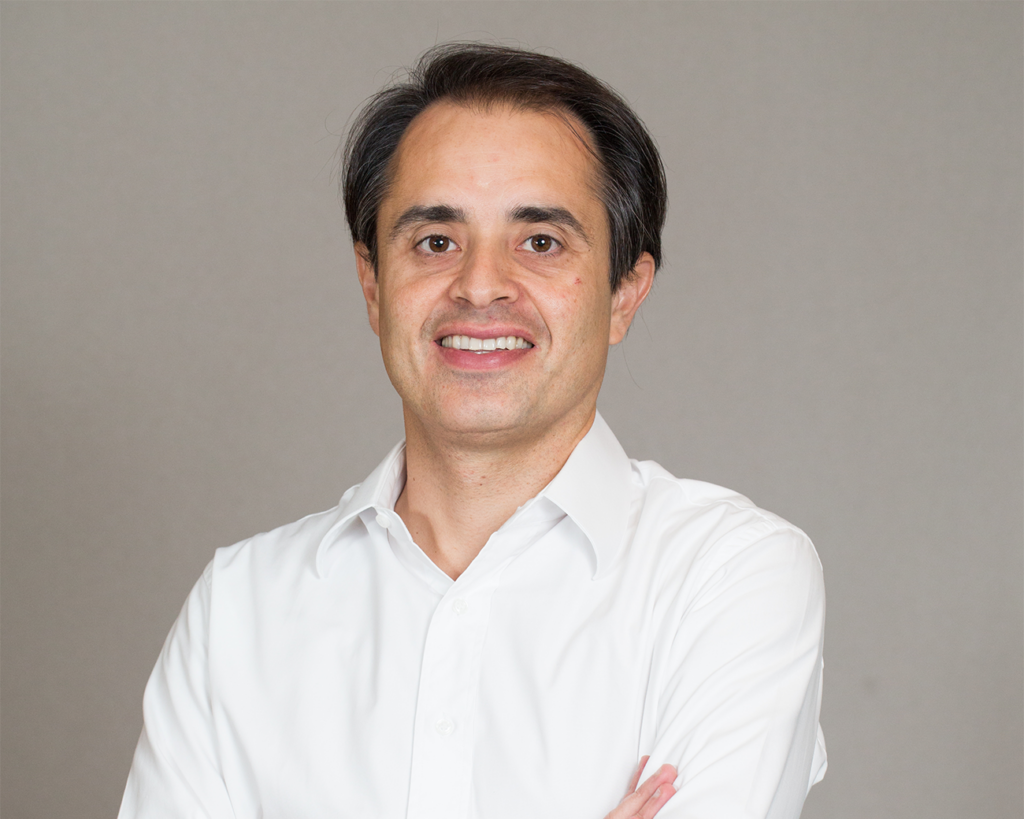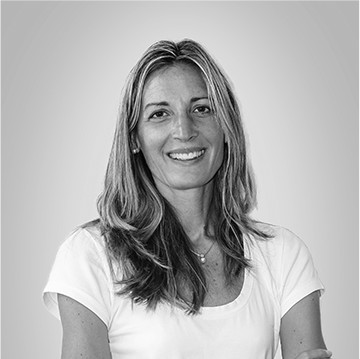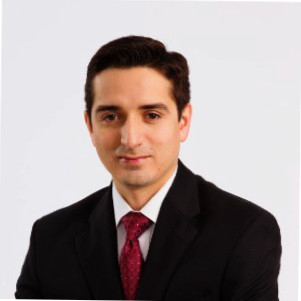Member Profiles
Erick Lagos, Lafise Investment Management
17 July 2013

LAVCA spoke with Erick Lagos, Managing Director at Lafise Investment Management (LIM), on the strength of their activities in Central America and the Caribbean, and future opportunities for growth throughout the region.
LAVCA: Please give us some background about your firm. When was it founded? How many funds do you operate? What are your assets under management?
Lagos: LIM was incorporated in the year 2000, and has been investing in the SME sector in Central America, Panama and Dominican Republic since that year. We have two PE Funds under administration: CASEIF I (US$ 13.75 million), incorporated in 2000; and CASEIF II (US$ 29 million), incorporated in 2007. Our total assets under management are US$ 42.75 million, with a total of 25 investee companies. LIM is now fundraising for a new and larger PE Fund, CASEIF III, which will cover Central America, Panama, Dominican Republic and Colombia, with a target capital base of US$ 50 million.
LAVCA: LIM was created by the financial services group, Grupo Lafise – what opportunity did Grupo Lafise see, and how has LIM capitalized on that opportunity? What strategic advantages does LIM have from operating within a strong financial institution? Are there any disadvantages?
Lagos: Grupo Lafise identified the need to provide not just capital, but “smart capital” to companies in Central America. To this end, LIM provides Lafise with deep knowledge and local presence in the target countries; a strong network of contacts and relations with authorities, financial entities, lawyers and clients; referrals for new deals; reference checks on companies and sponsors; support in finding clients and suppliers for investees; referrals of potential buyers for portfolio companies.
LAVCA: LIM has a Central America presence. How do you source deals across multiple markets? What synergies do you see between portfolio companies across your markets?
Lagos:On average, the Lafise network in Central America, Panama and Dominican Republic brings more than 60% of the deal flow generated by CASEIF I and CASEIF II across the region. CASEIF II in particular invested in different sectors (logistic, advertising, food processing, solar energy, business process outsourcing, etc.) that allow for opportunities to create synergies among our portfolio companies, for example cross selling services and products; transferring best practices in the food processing industry; economies of scale for hiring external auditing firms, accounting software providers, and consultants for ISO and HACCP Quality Systems.
LAVCA: How do you view the role of family offices as investors in Central America? Would you consider co-investing alongside a family office?
Lagos: Family offices in Central America participate actively in large investments in renewable energy, retail and distribution, hotels, real estate and sustainable tourism, among other sectors. All are areas in which the region needs to be competitive, and at the same time represent good sources of employment and much needed infrastructure development for Central America. LIM wants to be a part of these efforts, and therefore is inviting various family offices to also invest in the SME sector through CASEIF III.
LAVCA: LIM seems to invest across a wide range of sectors – how do you invest successfully across sectors, from logistics and energy to technology and tourism? What sectors are attractive today and why?
Lagos: Our approach is quite strategic: We first do a review of those sectors in the region that show the most potential and seem to offer sustainable competitive advantages. We then look for the best players in each sector, trying to find the right mix of quality sponsorship, shared vision, and the expertise to execute goals. Some attractive sectors in the region now—due to their growth potential—include renewable energy, agro-business, food processing and sustainable tourism.
LAVCA: What is your most recent investment? What unique actions are you taking to add value to the company from an operational standpoint?
Lagos: Our last investment was US$ 3.0 million in Platergas, a distributor of natural gas in Dominican Republic. Some of our areas of work with Platergas include creating a holding company to redefine legal corporate structure; migrating to IFRS for SMEs; obtaining audited financial statements issued by one of the big four accounting firms; coaching to begin the process for the ISO 9001 certification; initiating the implementation of SAP Business One Software; and helping to expand operations to Haiti.
LAVCA: Tell us about your most recent exit, how did that go? What kind of strategic acquirers seem to have the most appetite for buying assets from PE firms in the region? Where are they from? Have you had any sponsor to sponsor sale?
Lagos: In October 2012, LIM successfully achieved the second exit of CASEIF II –a food processor and exporter of frozen fruits and vegetables in Costa Rica that represented a Gross IRR of 22%, cash multiple of 2.13, and an exit price of 9xEBITDA. The buyer was a joint venture between a strategic client from South America and the Investee´s sponsor. The strategic acquirers are usually large local or foreign companies looking to become regional players or to consolidate their market position. In CASEIF Funds, there were 3 cases where the buyers were the investee´s sponsors.
LAVCA: Your firm places a great deal importance on responsible investments. How do you monitor your invested companies’ compliance with environmental, social and corporate governance factors?
LIM has a specialist in charge of monitoring compliance ESG standards. CASEIF II is part of the ImpactBase initiative, a global directory of impact investment funds and products. LIM also engaged an external firm to assist them in adopting Corporate Governance protocols. In addition to this, LIM participates actively on the Boards of Investees Companies, and has implemented a web based software tool for managing meetings and following up on resolutions.
LAVCA: Who are your LPs? What role do DFI’s play in your strategy?
Lagos: The investors in CASEIF I are MIF/IDB, NORFUND, NDF and LAFISE. In CASEIF II they are MIF/IDB, NORFUND, FINNFUND, SIFEM AG, BIO, CAF and LAFISE. DFIs have been catalytic in promoting the PE/VC industry in new regions such as Central America, Panama and Dominican Republic, and also sharing lessons learned and best practices. Also, DFIs provide technical assistance to assist the Investees in important qualitative aspects such as improving technical and operational capabilities, developing monitoring tools, enhancing the quality of accounting, and improving environmental and social standards. It has been our experience that all these improvements show up in the bottom line.
LAVCA: The private equity market is still very new in Central America. Have you seen changes over the last 5 years? What are the greatest challenges to investing in the region today?
Lagos: There have been changes over the last five years, including greater M&A activity in the region; greater recognition of these investment instruments in the business community; in some countries growth of their stock exchanges; greater macroeconomic and political stability; and increased foreign direct investments. Challenges do remain in some countries, and they include political risk, lack of regulation supporting PE/VC activity, corruption and macroeconomic uncertainty.
LAVCA: Have you seen more firms entering Central America from Colombia, Peru, Mexico or other countries? Do you see pan-regional or international funds investing in the region?
Lagos: Yes, M&A activity between Colombian and Central American groups has been significant in the last six years. Also, Mexican firms are entering or expanding their presence in Central America. Finally, foreign direct investment has grown significantly, to a record US$ 9,702 million in 2012. All this activity provides grounds for deals—both for funds entering the region, as well as for companies to expand beyond Central America. We are hoping to capitalize on this opportunity via the activities of our new fund CASEIF III.
You may be interested in...
-

Luciana Antonini Ribeiro, eB Capital
Executive: Luciana Antonini Ribeiro, Co-Founder and CIO Member Name: eB Capital Year...
-

Cristiano Gioia Lauretti, Kinea Private Equity
Member: Kinea Executive: Cristiano Gioia Lauretti, Head of Private Equity HQ: São...
-

Maria Pia Iannariello, MGM Innova Capital
LAVCA recently spoke with Maria Pia Iannariello, Co-Founder & COO of MGM Innova Capital,...
-

Rafael Ramirez, Portfolio Manager, Alaska Permanent Fund Corporation
LAVCA recently spoke with Rafael Ramirez, Portfolio Manager– Private Equity &...
